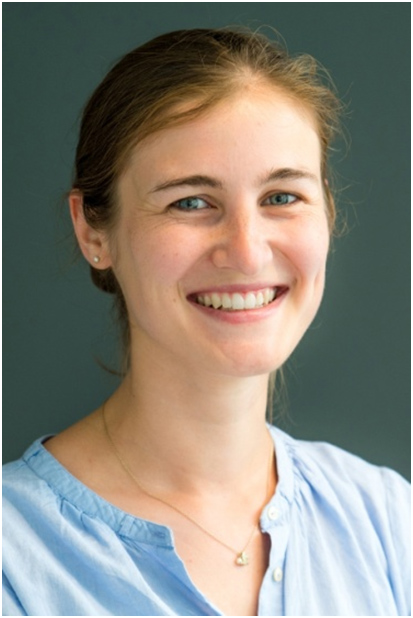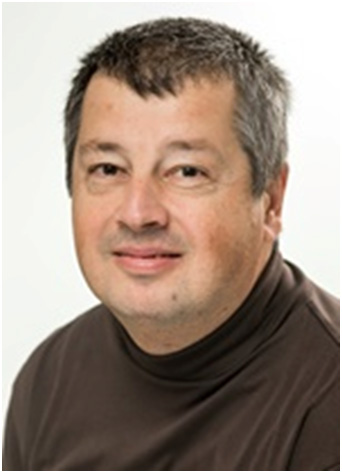In a triple-effort between international research groups from the University of Veterinary Medicine Vienna, Harvard University and the University of Toronto, important new information was discovered about the protein STAT5B, which is mutated in patients with T-cell cancers. STAT5B, like all proteins, is made up of building blocks called amino acids. A single amino acid change in STAT5B makes it hyperactive and leads to T-cell cancer development. We have tackled the difficult task to visualize the structure and shape of STAT5B in order to facilitate the discovery of new drugs that specifically target the mutant cancer-causing form of the protein, whilst sparing the important normal-functioning STAT5B.
We have used a technique similar to medical X-rays to reveal for the first time the three-dimensional structures of normal and mutant STAT5B down to the atomic level. We also developed a new cancer mouse model driven by mutant STAT5B, which allows the study of one of the most aggressive T-cell cancers seen in patients. Importantly, the structural information and the disease model can now be used to test new drugs that target only the cancer-causing form of STAT5B, which will significantly reduce the side-effects and increase the effectiveness of the treatment.
Publication in Nature Communications
Elvin D. de Araujo*, Fettah Erdogan*, Heidi A. Neubauer*, Deniz Meneksedag-Erol, Pimyupa Manaswiyoungkul, Mohammad S. Eram, Hyuk-Soo Seo, Abdul K. Qadree, Johan Israelian, Anna Orlova, Tobias Suske, Ha T. T. Pham, Auke Boersma, Simone Tangermann, Lukas Kenner, Thomas Rülicke, Aiping Dong, Manimekalai Ravichandran, Peter J. Brown, Gerald F. Audette, Sarah Rauscher, Sirano Dhe-Paganon†, Richard Moriggl† and Patrick T. Gunning†
*equal author contribution; †corresponding authorship
Structural and functional consequences of the STAT5BN642H driver mutation (2019); Doi: https://doi.org/10.1038/s41467-019-10422-7



